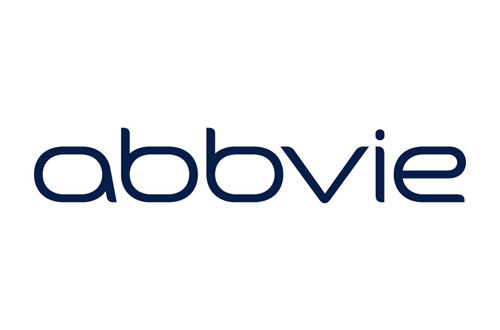 AbbVie thinks it could have a best-in-class immunotherapy drug with its interleukin-23 blocker risankizumab, and updated results in psoriasis won’t undermine that view.
AbbVie thinks it could have a best-in-class immunotherapy drug with its interleukin-23 blocker risankizumab, and updated results in psoriasis won’t undermine that view.
A pair of phase III trials pitting risankizumab against Johnson & Johnson’s older IL-12/IL-23 inhibitor Stelara (ustekinumab) – reported at the American Academy of Dermatology meeting in Chicago over the weekend – found that it was much more likely to clear skin in patients with moderate to severe plaque psoriasis.
The new drug will need to show stellar efficacy if it is to make headway in the increasingly crowded psoriasis market, and the results from the ultIMMa-1 and ultIMMa-2 seem to keep it on track. The data reveal a superior profile to Stelara as an active control, with up to 60% of patients on the drug reporting clear skin after a year compared to 21%-30% with Stelara.
AbbVie’s drug is in hot pursuit of the only approved IL-23 inhibitor on the market – J&J’s Tremfya (guselkumab) – and some analysts including Leerink’s Geoffrey Porges have suggested trials to date show risankizumab might be a little better than its rival with the potential for less frequent dosing.
Its profile could also help it make headway against other new psoriasis drugs, including IL-17 inhibitors such as Novartis’ fast-growing Cosentyx (secukinumab) as well as Eli Lilly’s Taltz (ixekizumab) and Valeant’s Siliq (brodalumab).
New drugs are starting to chip away at the dominance of AbbVie’s anti-TNF drug Humira (adalimumab) in psoriasis and other indications like rheumatoid arthritis, although it still dwarfs them with sales of more than $18bn last year and remains the world’s biggest-selling pharma product.
Risankizumab’s data could propel it above the $1bn threshold in psoriasis alone, according to Leerink, with additional upside if it gets approved in other indications such as psoriatic arthritis and Crohn’s disease.
Meanwhile, AbbVie also reported positive phase IIb results with its new oral JAK1 inhibitor upadacitinib – another drug considered to a key pipeline prospect and potential blockbuster – in adults with moderate to severe atopic dermatitis (eczema) at the AAD.
The latest data, updating earlier results reported last year, showed that upadacitinib was able to significantly reduce the itch associated with atopic dermatitis after just one week and improved the extent and severity of skin lesions at week two.
Upadacitinib is vying to become the third drug in the class after Pfizer’s Xeljanz (tofacitinib) and Eli Lilly’s Olumiant (baricitinib) as a rheumatoid arthritis treatment, reporting encouraging phase III data last year, and is also in pivotal trials for psoriatic arthritis and Crohn’s disease.
AbbVie now says it plans to begin pivotal studies in atopic dermatitis, as well as ulcerative colitis and giant cell arteritis before the end of the year. Upadacitinib (also known as ABT-494) has been tipped by some analysts as a future leader of the JAK inhibitor category with sales of up to $3.5bn at peak.




